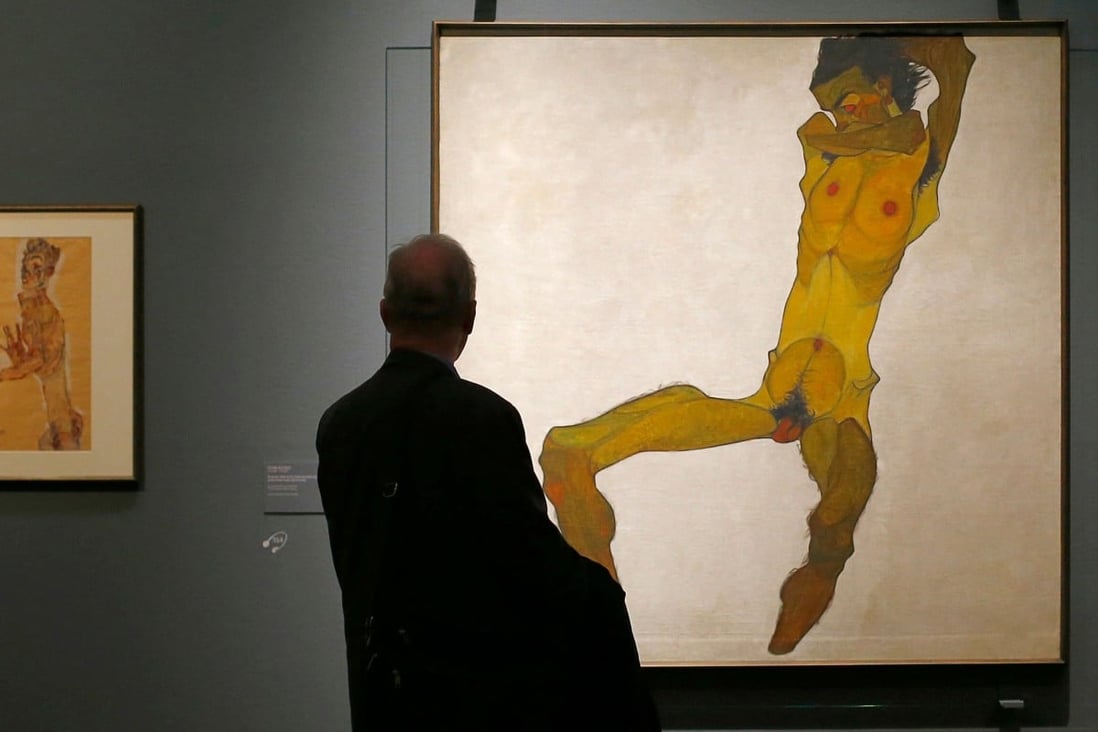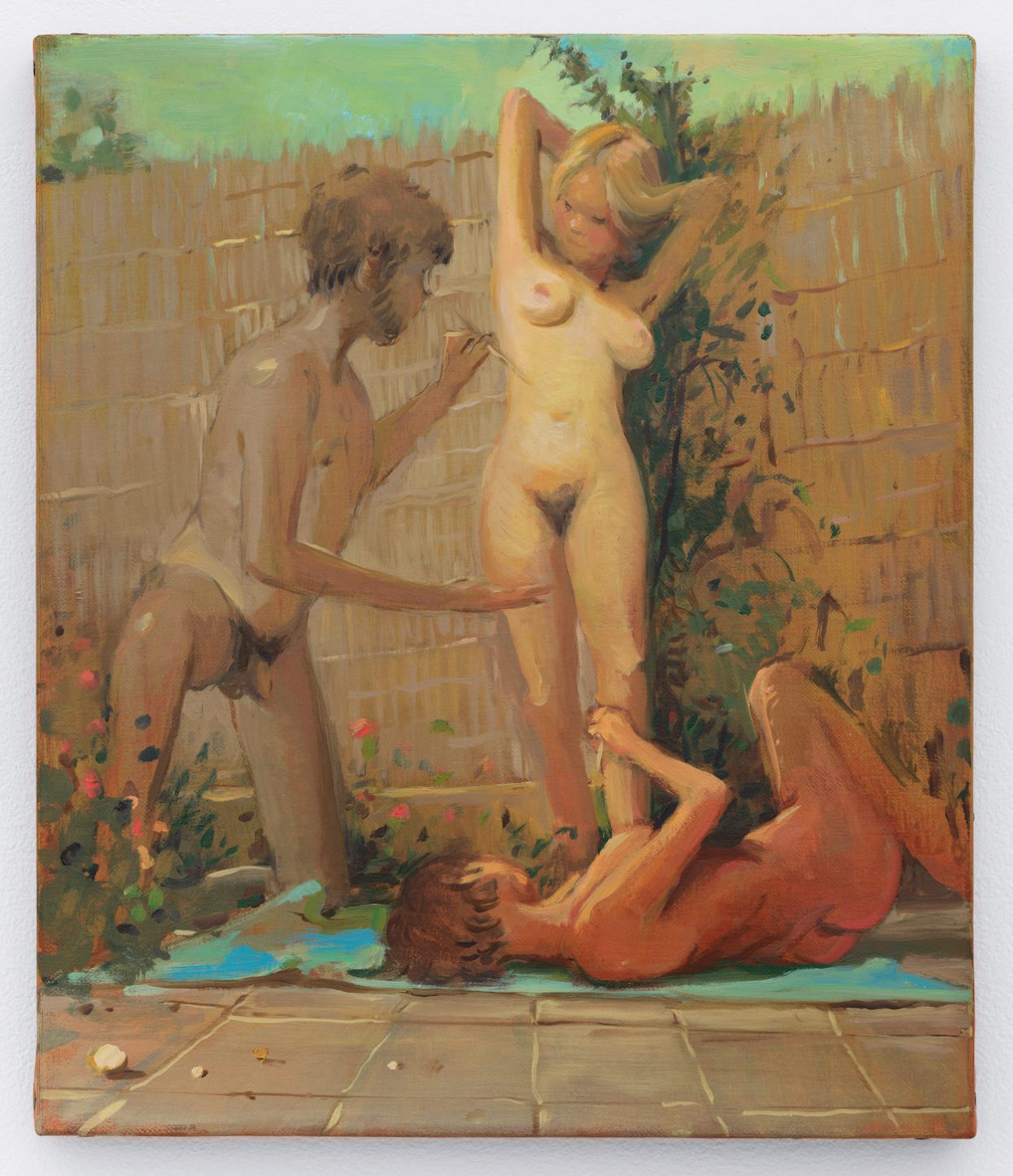Vienna’s museums have struggled to promote nude artworks in their holdings because of stringent censorship rules on social media platforms. The Albertina Museum’s TikTok account was suspended for showing Japanese photographer Nobuyoshi Araki’s works depicting an obscured female breast. Facebook took issue with the Natural History Museum’s busty photograph of the 25,000-year-old Venus of Willendorf figurine. Instagram even rejected a video promoting the Leopold Museum’s 20th anniversary as “potentially pornographic” for including Liebespaar, a Koloman Moser painting of two lovers embracing.
In a sly rebuff to the censorship, the Austrian capital’s tourism board started an account on OnlyFans, the subscription-based platform known for its adult entertainment. (A tantalizing promotional video called “Vienna strips on OnlyFans” teases erotic expressionist Egon Schiele’s “unique assets” and promises to reveal “every feature” of a Rubenesque woman.) The account, which also lured visitors with free museum passes, earned more than 150 million visits. “These works are crucial and important to Vienna,” tourist board spokesperson Helena Hartlauer told The Guardian. “If they cannot be used on a communications tool as strong as social media, it’s unfair and frustrating.”
Hartlauer notes that beyond driving tourism, the campaign aimed to start discussions about the power social media companies wield regarding censorship and illuminate the challenges some artists face in promoting their more provocative work. The message clearly resonated—the video landed a coveted Cannes Golden Lion award this year. “We question this kind of censorship because we believe it’s not a good idea to let an algorithm determine our cultural legacy,” Hartlauer tells NPR. “It might lead to some unconscious self-censorship when artists make art differently because they know a tool as strong as social media would not show or promote certain types of art. This is quite frightening.”
While Vienna found success in leveraging OnlyFans as an inclusive venue for uninhibited artistic expression, observers note that artists have yet to follow the city’s lead. The reason may lie in the website’s stigma as a platform for sex workers and performers—in 2020 alone it experienced growth from 7.5 million subscribers to 85 million. (Some say Beyoncé is partially responsible for shouting it out in her “Savage” remix.) Though OnlyFans hosts family-friendly accounts for cooking, gardening, and fitness, it has yet to shake its X-rated reputation, especially after a botched attempt to ban pornography in 2021 garnered widespread ridicule.
As artists like Lisa Yuskavage and Betty Tompkins face censorship and “shadowbanning” for depicting nudes, demand for alternative social networks is rising. Those who’ve made the leap, such as Savannah Spirit, describe the environment as “safer” and less beholden to strangers or the algorithm. Many artists remain hesitant, however, a mindset that erotic painter Armando Cabba says should beckon reflection about how we perceive sex workers. “It’s incredibly important that artists know who made the platform what it is today,” he told The Art Newspaper, pointing to the exploitation and undervaluation both groups regularly face. “Even outside the digital space, artists have more in common with sex workers.”

